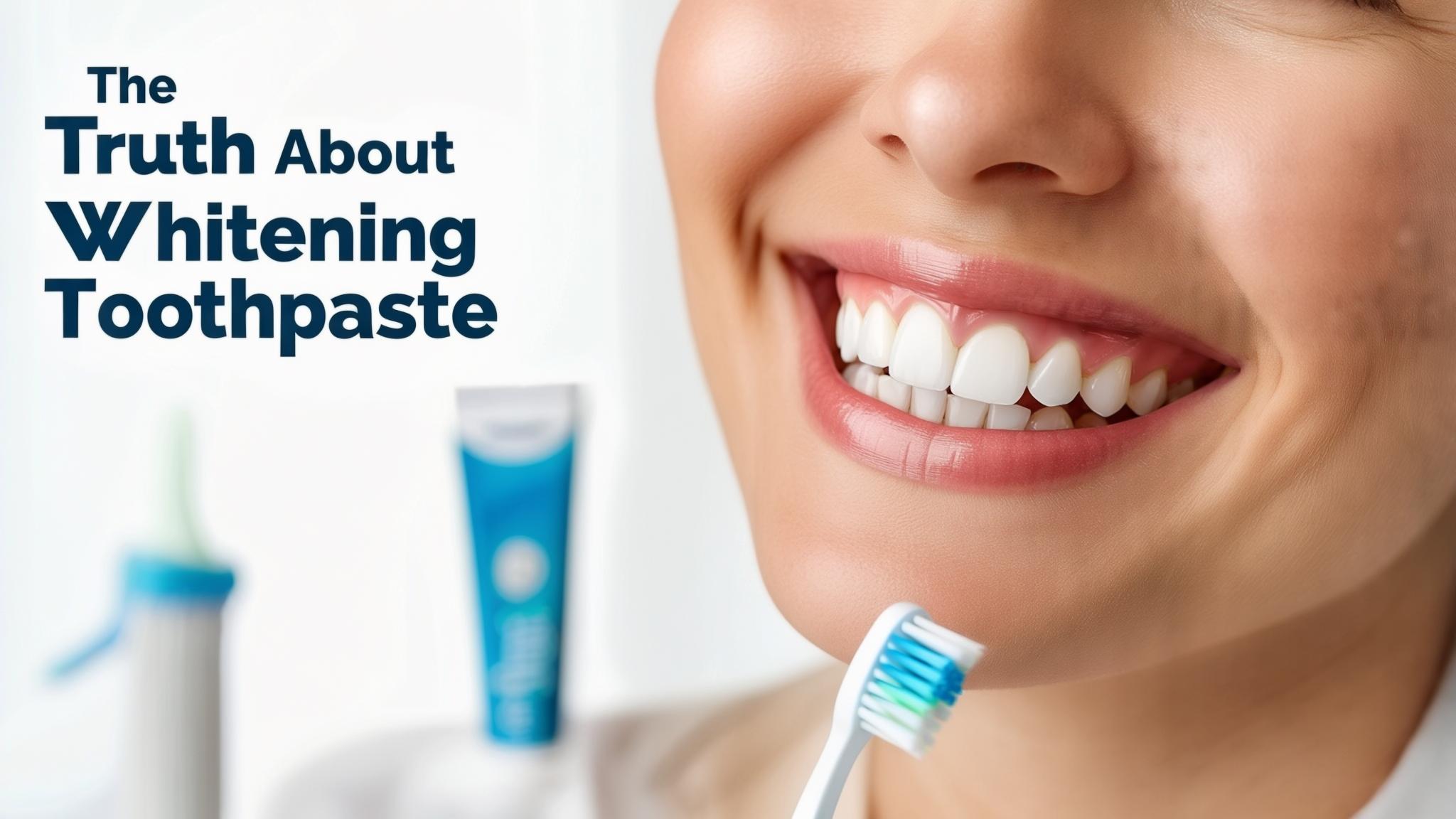Introduction
Cosmetic dentistry is a branch of dental care focused on improving the appearance of teeth, gums, and smiles. Among its many facets, teeth whitening has become increasingly popular, with a plethora of products available on the market. Whitening toothpaste is one of the most accessible options for those seeking a brighter smile. This article aims to evaluate whether whitening toothpaste really works and how it fits into the broader scope of cosmetic dentistry.
Understanding Whitening Toothpaste
Whitening toothpaste is formulated with specific ingredients designed to enhance the brightness of your teeth. Abrasives like silica help scrub away surface stains caused by foods and drinks. Chemical agents, such as hydrogen peroxide and carbamide peroxide, work to lighten tooth color. Additionally, fluoride is often included to strengthen enamel and prevent cavities while whitening.
There are different types of whitening toothpaste, each serving a unique purpose:
- Stain removers focus on eliminating surface stains through abrasives.
- Bleaching agents aim to lighten the tooth color by penetrating the enamel.
- Combination formulas offer both stain removal and bleaching properties.
Mechanism of Action
Whitening toothpaste primarily works by removing surface stains, thanks to its abrasive ingredients. Some formulas also penetrate the enamel and dentin to lighten tooth color, although this effect is usually less pronounced than professional treatments.
Compared to professional whitening treatments, whitening toothpaste contains lower concentrations of active ingredients. While professional treatments may offer dramatic results in a shorter time, toothpaste requires consistent use over weeks or months to see noticeable changes.
Effectiveness of Whitening Toothpaste
Research on the efficacy of whitening toothpaste shows mixed results. Clinical trials indicate that while some users experience noticeable improvements, others see minimal changes. User testimonials often reflect this variability, with effectiveness heavily influenced by several factors:
- Original tooth color: Natural tooth shade can affect how well whitening works.
- Frequency of use: Regular use as directed is crucial for optimal results.
- Type of stains: Extrinsic stains (on the surface) are more easily removed than intrinsic stains (within the tooth).
Limitations and Considerations
While whitening toothpaste can help improve tooth brightness, there are limitations and potential side effects. Tooth sensitivity and gum irritation are common complaints, especially with overuse. It's important to have realistic expectations—whitening toothpaste can only achieve a certain degree of brightness and requires time to show results.
Misconceptions abound, such as the belief that whitening toothpaste can replace professional treatments or that results are immediate. Understanding these limitations can help set appropriate expectations.
Best Practices for Using Whitening Toothpaste
For best results, follow the recommended usage guidelines on the product label. Complementary oral hygiene practices, like regular dental check-ups and using additional whitening methods (e.g., strips or professional treatments), can enhance results.
Conclusion
Whitening toothpaste can be a helpful tool in achieving a brighter smile, but its effectiveness varies based on individual factors and expectations. While it plays a role in cosmetic dentistry, it should be part of a broader dental care routine. By making informed choices and managing expectations, you can better navigate the world of whitening products.
References
- American Dental Association: Whitening Toothpastes
- Journal of Dentistry: Studies on Whitening Toothpaste Efficacy
- Expert opinions from cosmetic dentists on the role of whitening products

